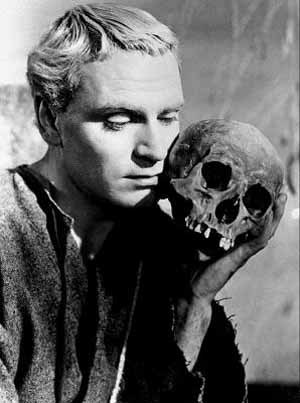We are going to continue with the grammar of Early Modern English! In this new post we will
deal with the characteristics of verbs and pronouns.
Let’s start
with pronouns:
Although
nowadays, we only hear the words “thou”, “thee”, “thy”, “thine” and “ye” in counted
occasions with a elevated level of formalism, in Early Modern English this
pronouns are used in bot formal and informal level. “Thou”,”thee”,”thy”,”thine”
and “ye” refer to the second singular person (nowadays, “you”). You could ask:
And why there are so many? The answer is simple: each one relates to a
different case: “thou” is used in nominative (you), thee in objective, thy or
thine are possessive pronouns.
In the next
table, there’s the classification of all this pronouns with their plurals forms:
“ye”, “you”, ”your”.
Here you
can see these pronouns in Shakespeare’s plays:
Romeo and Juliet: “Oh Romeo, Romeo, wherefore art thou
Romeo?”
All's Well That Ends Well: “I will think of thee at
court.”
Antony and Cleopatra: “When he shines by. I say again, thy spirit”
Cymbeline: “Than thine own worth prefer thee: go with me”
Antony and Cleopatra: “Pray
ye, sir?”
In the
third person possessive case, appears de form “its” of the pronoun “it”.
King Lear: “That
nature which contemns its origin.”
Regarding
verbs, there are a few numbers of important characteristics in the forms
"to be" and "to do ".
-“Be” forms
alongside the pronouns forms:
I be, thou bee,
A Midnight Summer’s Dream: Be it ounce or cat or Bear
Also, the
perfect of intransitive verbs of motion continued to be formed with the verb to
be.
On the
other hand, the only important characteristic of the verb “to do” is the
disappearance of the periphrastic construction in affirmative declarative
sentences:









